A Delta Boeing 757-200 en route from Atlanta to Miami (DL1328) made an emergency landing at Jacksonville International Airport yesterday after the cabin depressurized less than 30 minutes after takeoff. Thankfully, the flight landed safely in Jacksonville and nobody was injured.
Situation
Delta Flight 1328 took off from Atlanta Hartsfield Airport at 4:51 PM local time on July 5. At 5:19 PM Eastern time, the plane underwent depressurization and the pilots brought the aircraft from 36,000 feet to 10,000 feet in a little over five minutes, amounting to a sink rate of around 5000 feet per minute. The aircraft stayed at 10,000 feet for seven minutes before beginning its descent and landing safely at Jacksonville International Airport at 5:46 PM.
Here’s a chart of the plane’s altitude over time. The red arrow indicates the rapid descent.

One passenger on board posted this picture from the flight on Reddit.
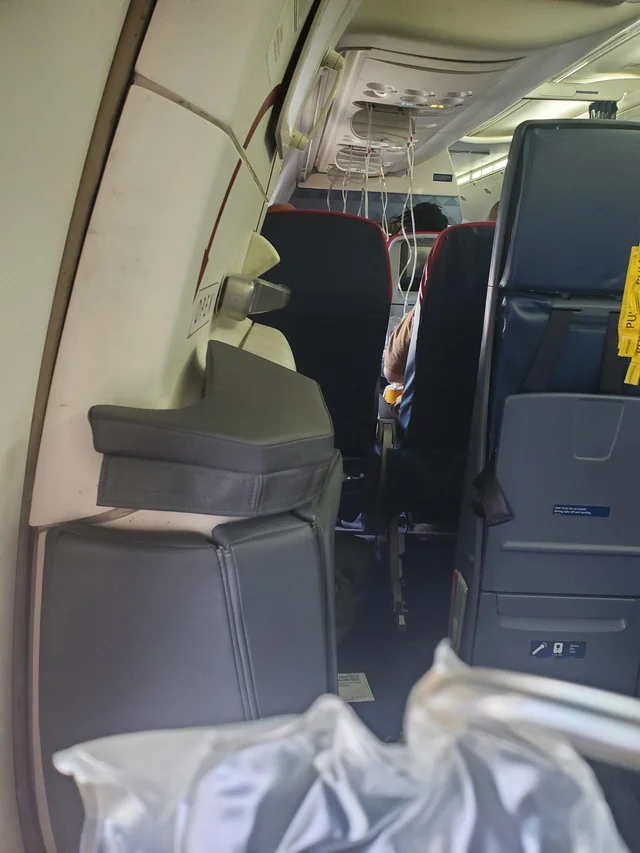
Delta response
According to a passenger onboard, Delta offered full refunds to everyone onboard. I would imagine there will be further compensation provided.
A Delta spokesperson said of the incident:
The flight crew of Delta Flight 1328 ATL-MIA followed procedures to safely divert to Jacksonville after a cabin pressurization issue occurred. Our teams are working to re-accommodate customers and get them to their final destination as quickly as possible. We sincerely apologize to our customers for the inconvenience and delay in their travels.
What is cabin depressurization?
When an aircraft cabin depressurizes, the pressure inside the cabin drops, nearly matching the atmospheric pressure outside at flying altitudes. That’s a problem because atmospheric pressure at the altitudes where commercial aircraft typically fly are significantly lower than at sea level. Human bodies are designed to function well at sea level pressures, so if the pressure drops too low, our bodies have trouble getting enough oxygen, leading to a condition called hypoxia which can result in diminished decision-making abilities, unconsciousness, and eventually death.
Depressurization in an aircraft can happen for several reasons, such as a structural failure (e.g. a window, door, or the fuselage failing), a failure in the pressurization system, or human error. We don’t exactly know why Delta Flight 1328 depressurized, though that will hopefully become clear in the following weeks.
Aircraft history
Interestingly, this aircraft had its aft pressurization dome damaged during a tailstrike in 2013. That may sound like a while ago, but the catastrophic crashes of Japan Air Lines Flight 123 and China Airlines Flight 611 were both caused by tailstrikes many years prior.
The crash of JAL Flight 123, the deadliest single-aircraft accident in aviation history, was caused by a faulty repair of the aircraft’s aft pressure bulkhead damaged during a tail strike seven years beforehand. Similarly, the China Airlines Flight 611 crash, another extremely deadly collision that killed all 225 people on board, was caused by fatigue cracking as a result of inadequate maintenance following a tailstrike 23 years prior.
Conclusion
Thank goodness everything turned out well here–this could have gone a lot worse. It’s also worth emphasizing that commercial aircraft are designed with multiple safety measures in place to prevent depressurization, and on the rare occasions when depressurization does occur, there are procedures in place to ensure the safety of everyone on board. Mile for mile, commercial air travel remains by far the safest form of transportation.
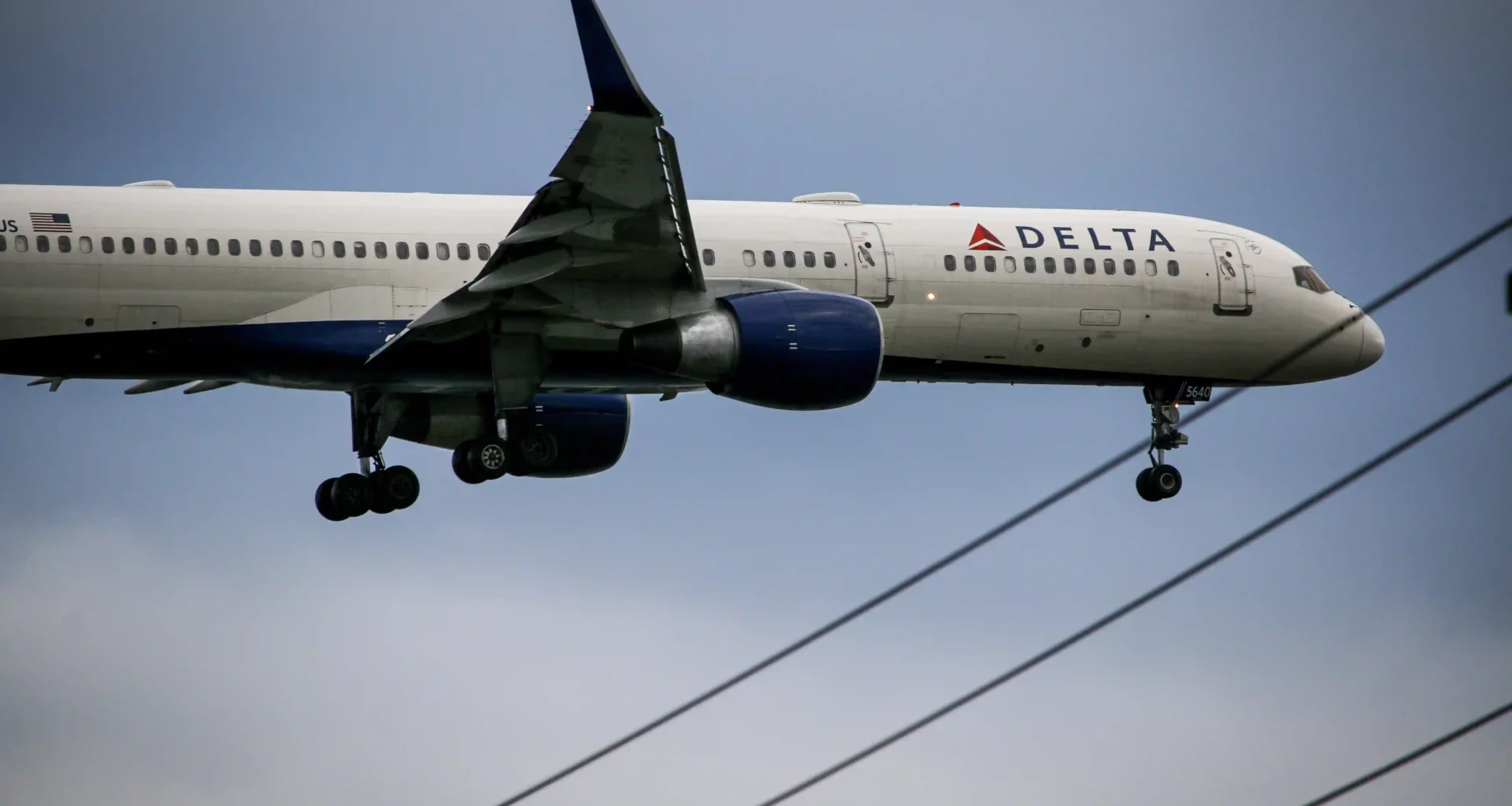
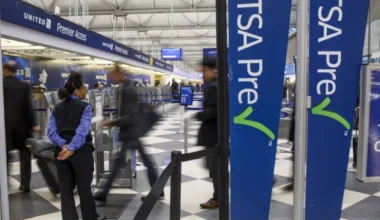
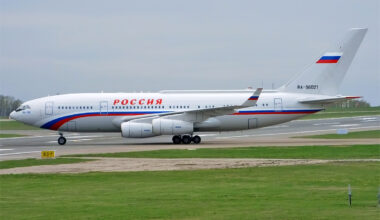


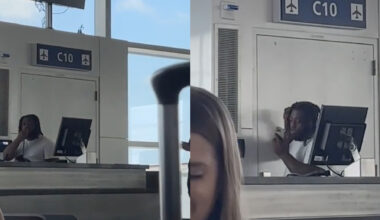

1 comment
I’m sure that the passengers were terrified by the steep drop and I’d be disturbed as well. However, from 36,000 feet the flight crew has to take that type of evasive action. The O2 generators in the cabin will only last 10-15 minutes, meaning that the plane has to drop at least 26,000 feet in a 10 minutes or less…otherwise some people could succumb to hypoxia. This means that the least steep drop they could have done was 2,600 feet per minute. But you wouldn’t do that as it’s paramount that you get down fast, where you can then level off and figure out what’s going on. So, I’m sure it felt to many onboard that the plane was “crashing”, it was just the flight crew doing what they had to.